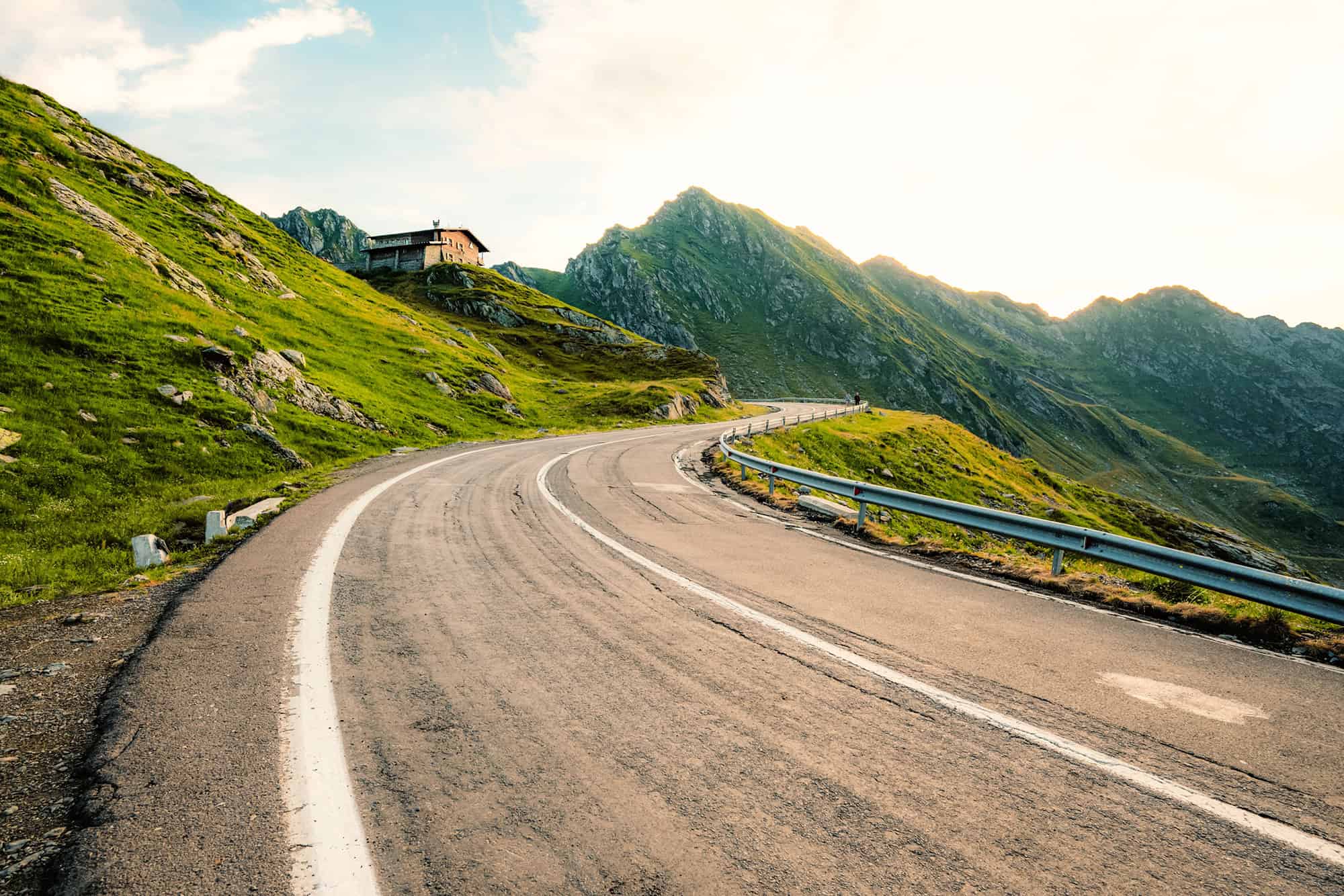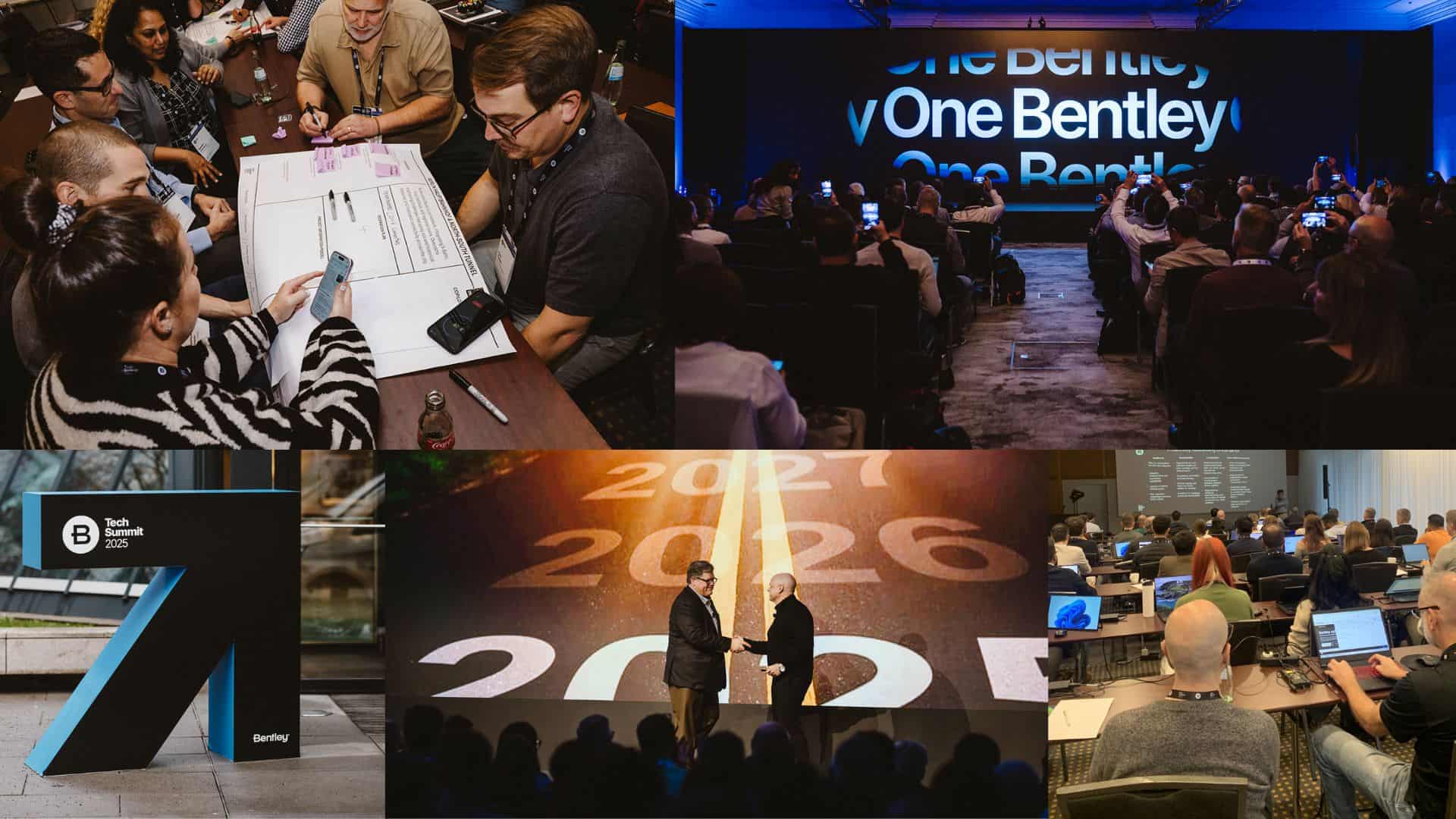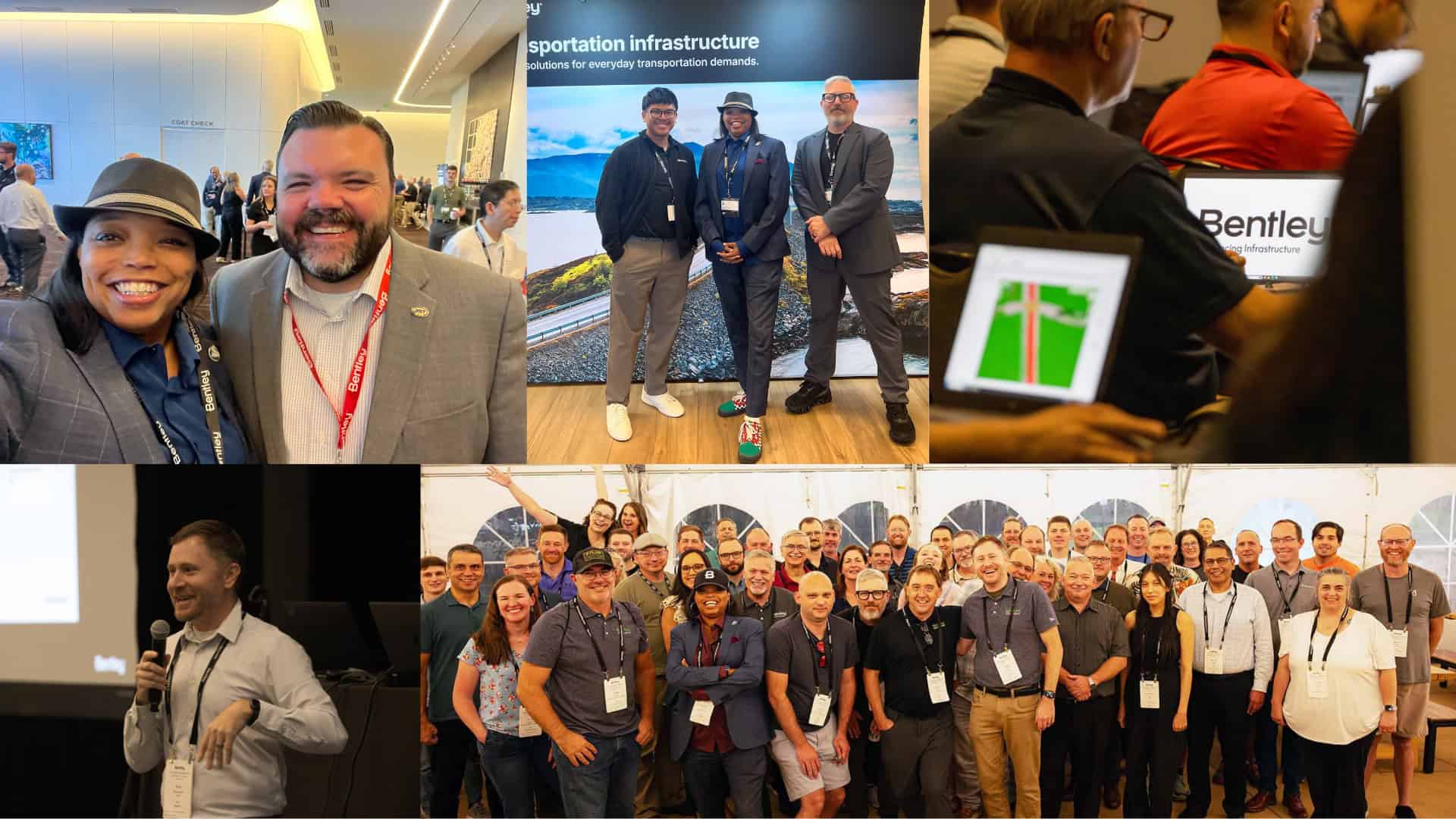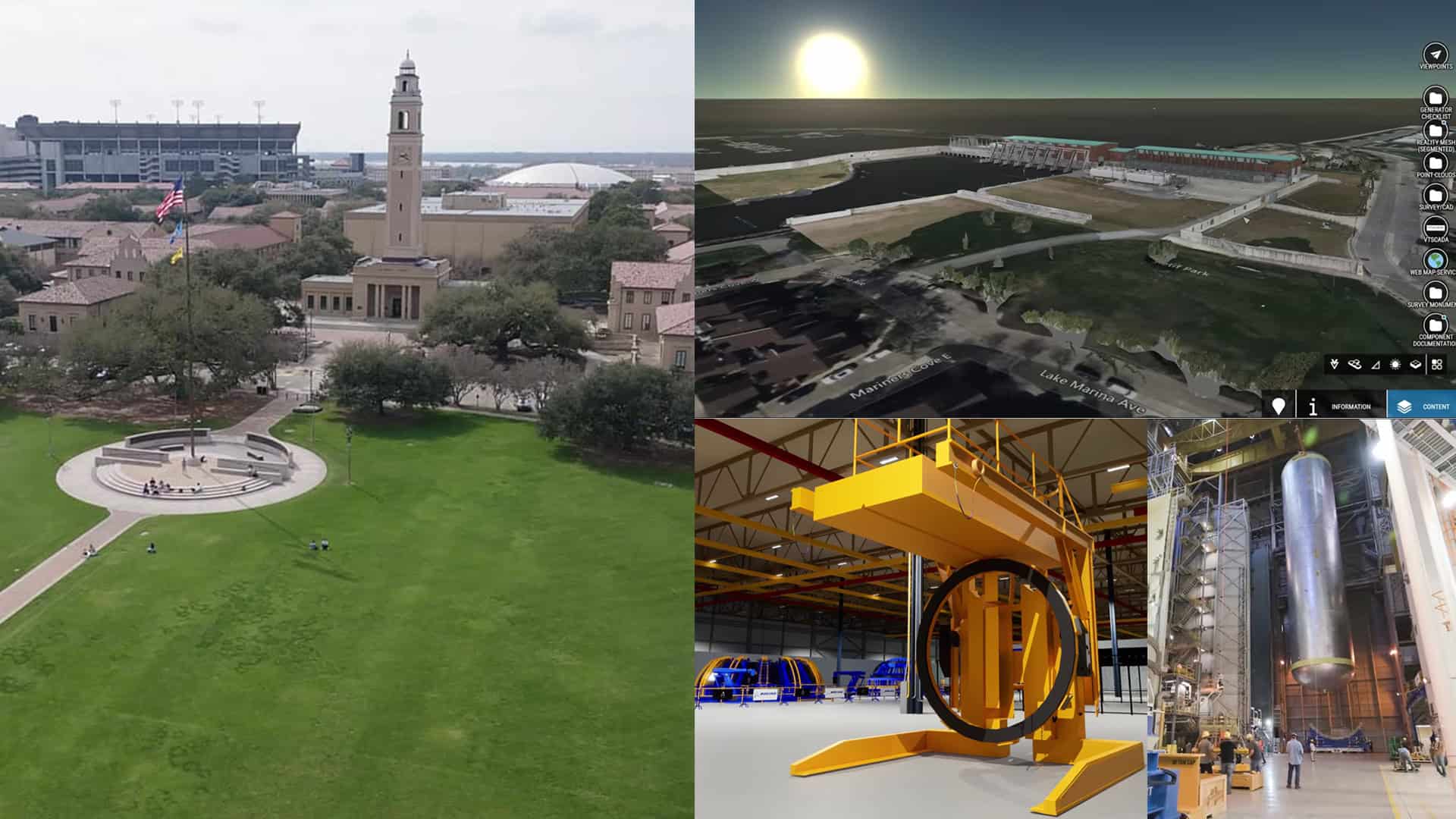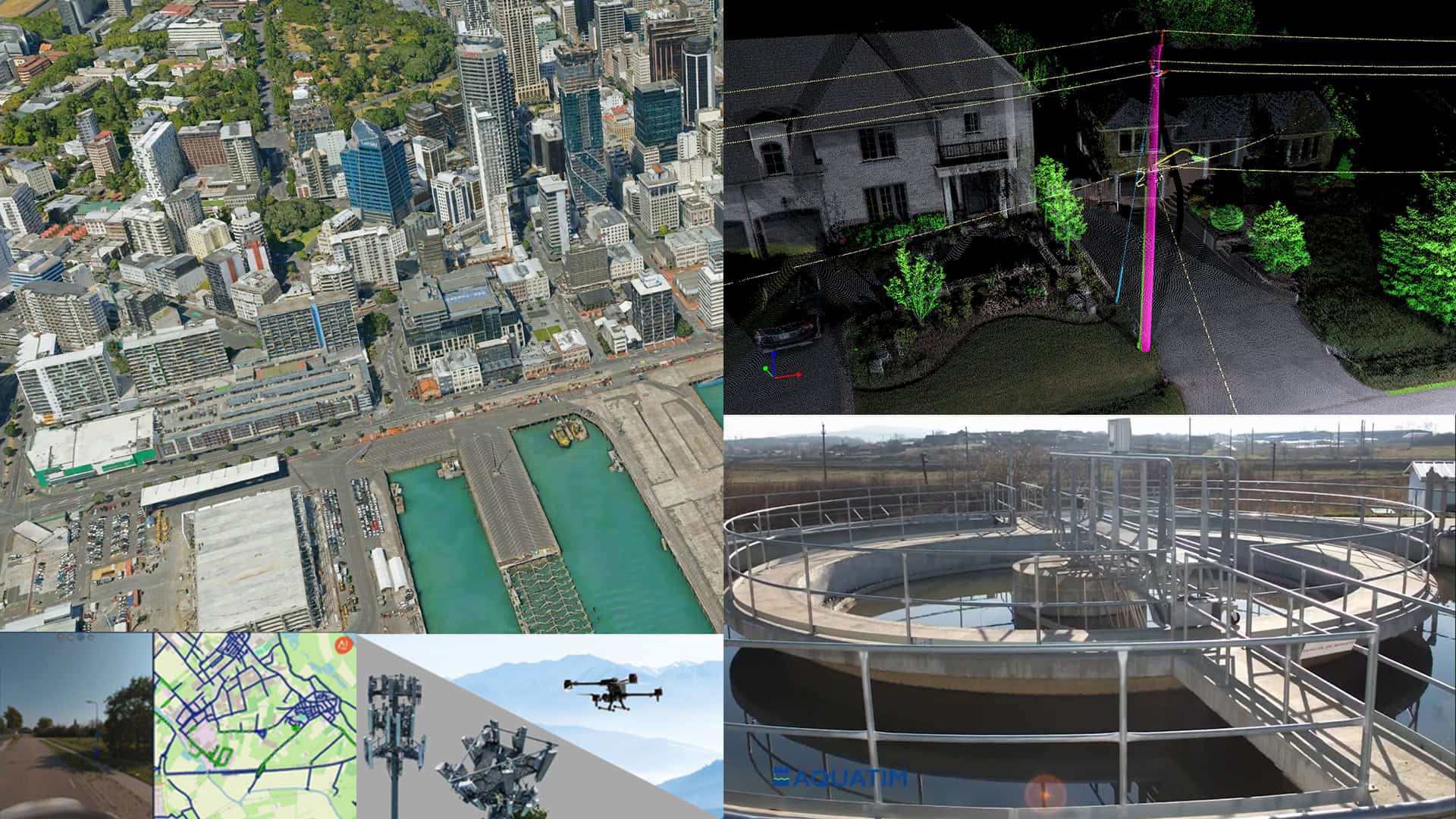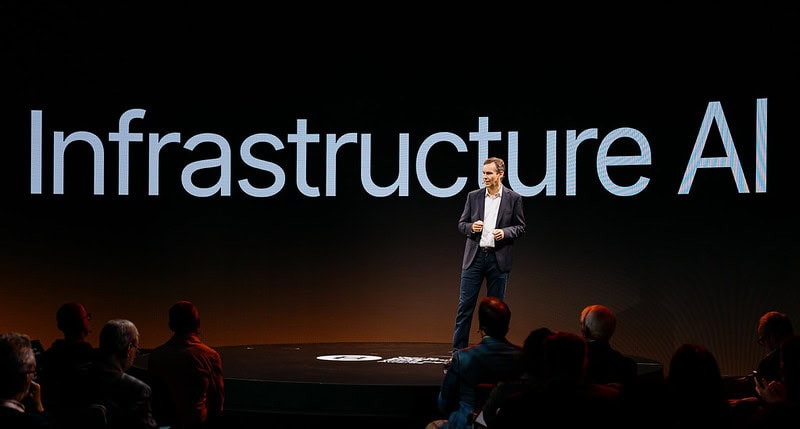It was still dark outside when I left my home in Dedrad, a small village in Transylvania, Romania, where the roads are as old and twisty as the stories I grew up with. I loaded my suitcase into the car, turned on the ignition, and started the long, winding journey to Exton, Pennsylvania. It wasn’t a vacation or a family visit. I was heading to a business training with my team, but the real lesson began before I ever reached the airport.
To catch my flight in Bucharest, I had to drive 366 kilometers (227 miles), navigating the verdant valleys of the majestic Carpathian Mountains and sloping plateaus decorated with fields and forests. I love sightseeing, but it took me over six hours to drive to the capital city—and not because of traffic or construction. It was the road: one lane in each direction, with slow trucks that were difficult to pass and bone-rattling blacktop. I downshifted to crawl through dozens of small villages, sped up again, and repeated the routine every few miles.
It’s a road I know too well. I’ve taken it many times before to and from Bucharest. And every time, it leaves me with the same feelings of frustration, then resignation. I wondered: How did we let this become normal?
Three Countries, Three Realities
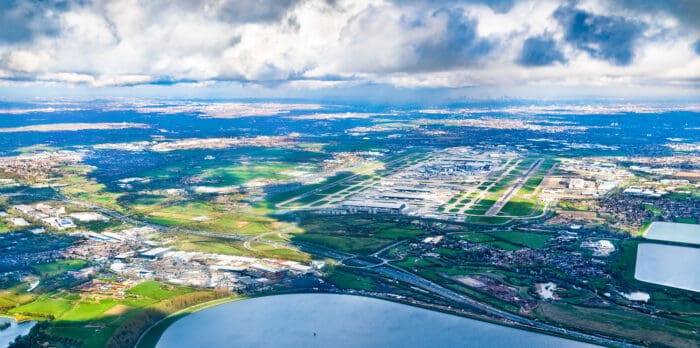 Aerial view of Heathrow Airport in London, UK
Aerial view of Heathrow Airport in London, UKOnce I finally made it to Bucharest and boarded my flight, the experience shifted. I landed at Heathrow Airport in the U.K. and hopped on a train along the Elizabeth Line to visit my colleagues at Bentley Systems, the infrastructure engineering software company, where I work as a marketing manager for infrastructure engineering software. The ride on London’s newest rail link was clean, fast, almost silent. Designed to move thousands of people across the British capital without stress or delay, it didn’t just work—it felt thoughtful.
And then I reached the U.S., where my colleague drove us from Philadelphia to Bentley’s headquarters in nearby Exton. We zipped along wide roads marked with clear signs and crossed bridges stretching over rivers and railways. The system wasn’t perfect, and we hit traffic, but this was infrastructure designed to connect people. It gave me space to reflect and think about everything we’re missing back home.
More than Just Delays
In Romania, it’s easy to focus on time lost to bad infrastructure, but the real cost is higher. In 2023, we had 77 road deaths per million people, the highest fatality rate in the EU. Most of these crashes happen on roads just like the one I took, the kind that haven’t changed much in decades.
I want to be clear that this reflection isn’t about assigning blame. It’s about acknowledging a system that hasn’t kept up and addressing its problems. We have the tools to do it. When roads are narrow and overloaded, passing a slow truck can turn deadly. When maintenance is infrequent and design is outdated, small problems become tragedies.
It all starts with design
Working in infrastructure technology has taught me something I wish more people understood: design is everything.
What you choose to model today decides what you will maintain and operate tomorrow. If you treat design as a checkbox, you can lock in weaknesses that will haunt you for decades. Problems like flood risks, high maintenance costs, limiting and load-bearing ceilings, and safety features can handicap your infrastructure’s utility and slow down traffic.
All of it starts with how we plan. We have software, digital twins, artificial intelligence (AI), and other solutions that allow us to analyze data, see into the future by modeling different scenarios, and pick the one that best meets our criteria. Digital design, modeling, and analysis aren’t just buzzwords. They’re tools that help us see what’s coming and build for it. They allow civil and infrastructure engineers, rail experts, bridge designers, and environmental planners to collaborate before a single piece of equipment touches the ground. Digital twins—digital replicas of projects down to individual nails and rivets—also allow engineers and planners to show their designs to the public in a visceral, relatable, and engaging way, as well as demonstrate the value of their work and win the public’s approval.
In the end, the most successful infrastructure is often invisible because it works. It does what the job was designed to do and reliably serves the people it was built to serve. And that kind of result doesn’t happen by accident.
What Romania needs isn’t just money
In Romania, we’re not short on talent. I’ve met engineers who could design and build anywhere in the world, but they’re stuck trying to make sense of disconnected priorities, shifting policies, and underfunded projects. Infrastructure in Romania is still treated like a political game: announced in election cycles, paused when interest fades. The same pattern can occur in other countries, too.
What we need is consistency. We need governments that listen to experts. We need citizens who understand why it matters. And we need to stop thinking about infrastructure as something we “fix” and start thinking of it as something we design to endure.
What this Trip Reminded Me
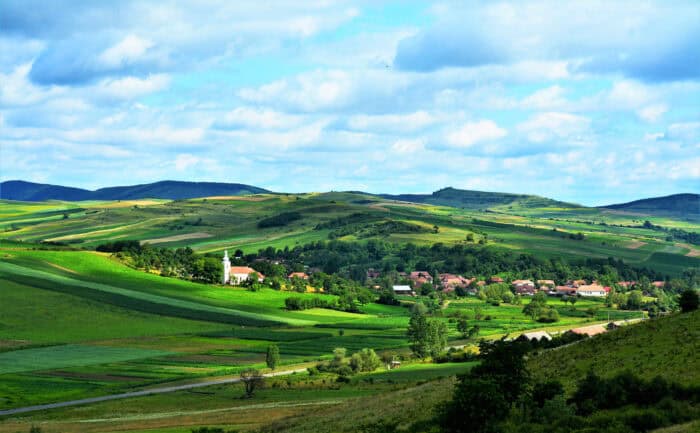 A rural village in Mures County in Romania.
A rural village in Mures County in Romania.From backroads to smooth highways, this journey reminded me of the massive infrastructure gap the world is still navigating—and of how important it is to close it.
Good infrastructure saves time, great infrastructure saves lives, and brilliant infrastructure—the kind that’s modeled intelligently, designed collaboratively, and maintained proactively—builds freedom. Freedom to move, to grow, to show up on time, and to get home safely.
Although my story isn’t just about Romania, my country is where my heart is. I want my kids to grow up in a country where driving across it doesn’t feel like a test of patience and luck. A safe highway shouldn’t be a luxury; it should be a given. I want them to live in a country where engineers get to build modern and resilient infrastructure that will serve the coming generation, not one where they’re just patching things up and reacting to what’s broken.
Until the road from Dedrad to Bucharest is no longer a six-hour battle, until design is treated as the cornerstone rather than a line item, and until safety isn’t a statistic, we’ve still got work to do.
Oana Crisan is a senior product marketing manager at Bentley Systems. She specializes in software for designing and maintaining bridges and tunnels.
